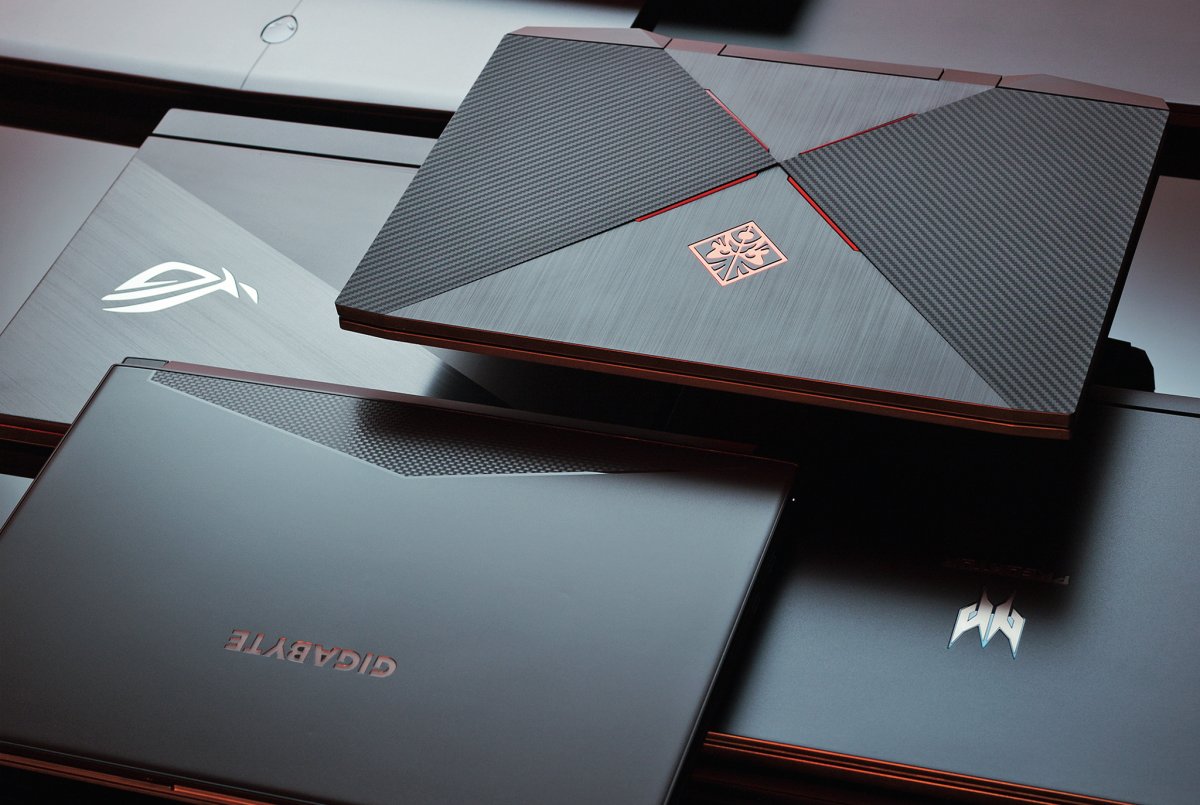AMD will introduce a lineup of processors with new CPU cores and a new GPU in 2023: Phoenix Point – or Phoenix for short – is the name for the next generation, which will appear in laptops like the Ryzen 7000U and Ryzen 7000H. It combines a Zen 4 CPU and a state-of-the-art RDNA3 graphics unit, AMD confirmed on Financial Analyst Day.
The RDNA2 GPU in the Ryzen 6000U/H (Rembrandt) will not meet the same fate as the smallest branch of the GCN architecture aka Vega, which has been in all AMD onboard processors for three years, from the Ryzen 2000U/H-Generation up to the Ryzen 5000U / H for 2021.
4 nm with TSMC technology
AMD has Phoenix processors produced by ordering TSMC chipsets with 4nm architectures. In terms of production, they have a small advantage over the Ryzen 7000 desktop, as the latter still uses a slightly poor 5nm process. TSMC refers to the N4 process as an improved N5 version, but not as an entire generation baby.
AMD didn’t mention a single exception in its Financial Analyst Day: the Ryzen 7000HX aka Dragon Range for high-end laptops. The processor series uses different chips than its younger brothers, likely mobile branches of Raphael desktop CPUs with multiple Zen 4 cores and an RDNA2 micro-GPU.
RDNA3 will remain the standard for all things in composite processors for at least two years: Strix Point’s Zen 5 generation — presumably in the form of the Ryzen 8000U and Ryzen 8000H — is getting an improved version that AMD calls RDNA3+, but it halts the change to RDNA4. Desktop models with Zen 5 technology are now called Granite Ridge.
AMD has not yet tied up a single manufacturing process for Strix Point and Granite Ridge. In general, the company wants to use 4 and 3 nm technology from TSMC for the Zen 5 generation.

(Photo: AMD)
With Xilinx AI Engine
Starting in the 7000th generation, AMD installed an AI engine in notebook processors, called AIE, which comes from the acquired company Xilinx. These cores actually run trained AI networks (heuristics), although AMD has not yet mentioned an implementation of AI engines in laptops.
It also remains unclear whether Phoenix Point will still use a threaded template like its predecessors. With the RDNA3 graphics architecture, AMD is focused on splitting into different chips, and the company also emphasizes the possibility of docking Xilinx logical blocks via chiplets with server processors. So a future chip architecture for laptops can’t be ruled out either.
(Master’s)

“Problem solver. Proud twitter specialist. Travel aficionado. Introvert. Coffee trailblazer. Professional zombie ninja. Extreme gamer.”




More Stories
With a surprise in the case: a strange cell phone from Nokia was introduced
PlayStation Stars: what it is, how it works and what it offers to its users | Sony | video games | tdex | revtli | the answers
t3n – Digital Pioneers | digital business magazine